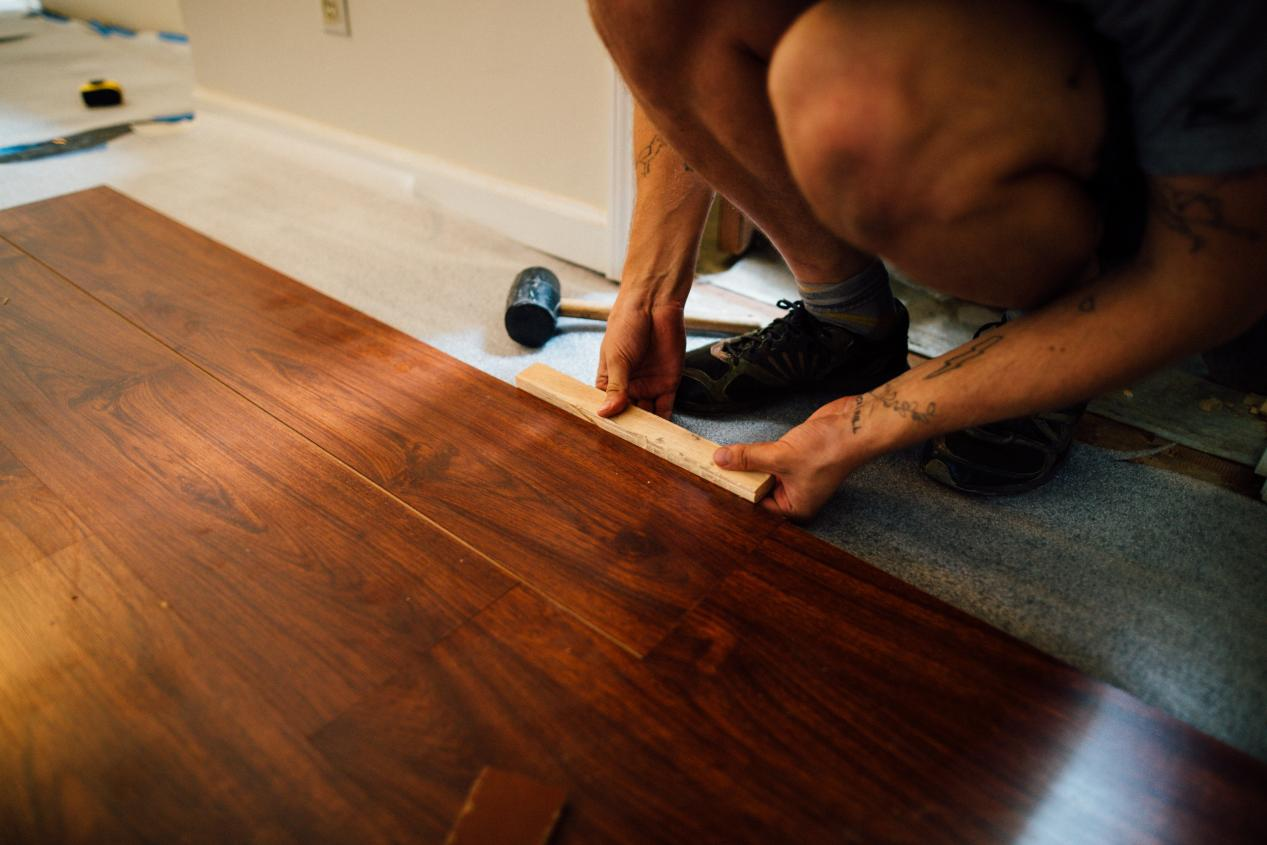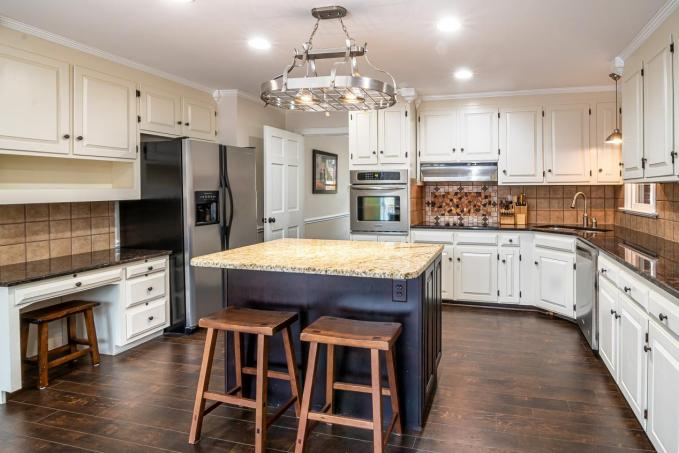In today's world, the concept of sustainability is more than just a buzzword; it's a necessity. With growing concerns about environmental issues and a deeper understanding of our impact on the planet, individuals and industries are actively searching for eco-friendly solutions in various aspects of life. Among these, flooring is a fundamental element of home decoration, so choosing environmentally friendly and sustainable floors is very important. In this regard, luxury vinyl tile (LVT) flooring offers clear advantages as an eco-friendly flooring solution.
Understanding Sustainability in Flooring
Before delving into the environmental aspects of LVT flooring, it's important to understand the concept of sustainability in home flooring. Sustainability in flooring revolves around using materials and manufacturing processes with the least negative environmental impact. This includes factors such as raw material sourcing, energy consumption, emissions, and the durability of the flooring.
Traditional flooring materials, such as solid wood flooring, often present significant environmental challenges. The production process of solid wood flooring and waterproof laminated flooring demands substantial energy and natural resources, such as wood. At the same time, the production and manufacturing process also produces a lot of waste materials, which are difficult to recycle after use. All of these factors result in varying degrees of impact and damage to the environment. Moreover, many traditional floors are relatively easy to damage after use and cannot be reused, requiring frequent replacement, exacerbating the problem of resource waste.
The Role of LVT Flooring in Green Living
Luxury vinyl tile (LVT) flooring, also known as vinyl plank flooring, has gained popularity in recent years for various reasons. However, its environmentally friendly features have made it the preferred choice of many environmentally conscious individuals.
LVT flooring is primarily crafted from polyvinyl chloride (PVC), a recyclable material. This means that LVT flooring can be recycled at the end of its life, reducing the amount of waste in landfills. Its lifespan easily exceeds 20 years and requires minimal maintenance. Additionally, LVT flooring emits fewer VOCs, ensuring that harmful chemicals are not released into indoor air helping maintain healthier indoor air quality.
One of the most significant sustainability benefits of LVT flooring is its capacity to conserve natural resources. LVT flooring protects trees, minerals, and other natural materials needed for the production of wood, stone, and ceramic flooring. This reduces the strain on our forests and ecosystems while providing visually appealing and long-lasting flooring options.
Is LVT Flooring Safe?
The question ¡°Is LVT flooring toxic?¡± comes up often, and the short answer is no, when it is used as intended. High-quality LVT flooring is generally safe for homes, as modern LVT flooring is made from non-toxic materials. The primary risk arises only if the safe vinyl flooring is burned, releasing toxic fumes (similar to how everyday materials like clothing emit harmful fumes when burned).



